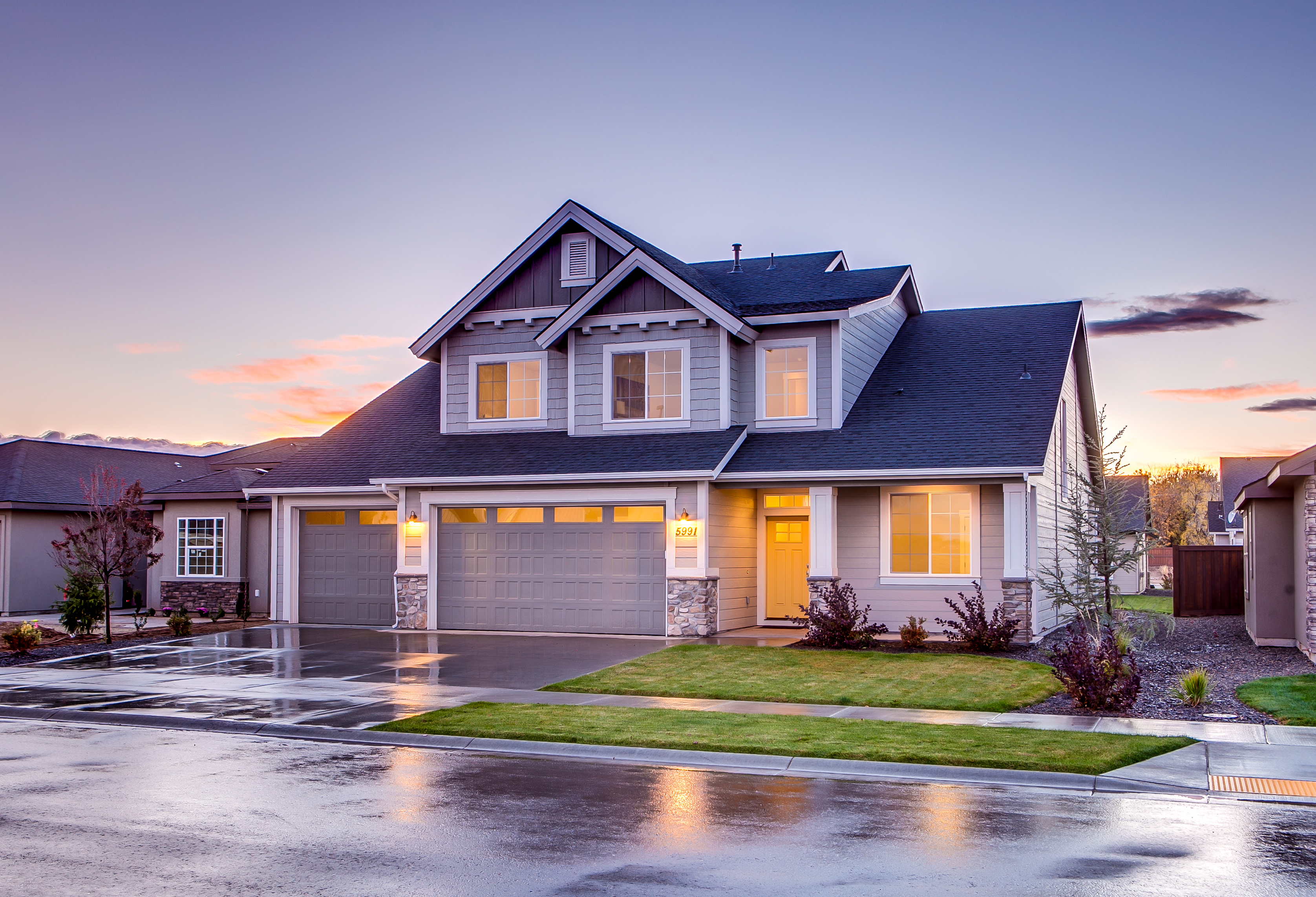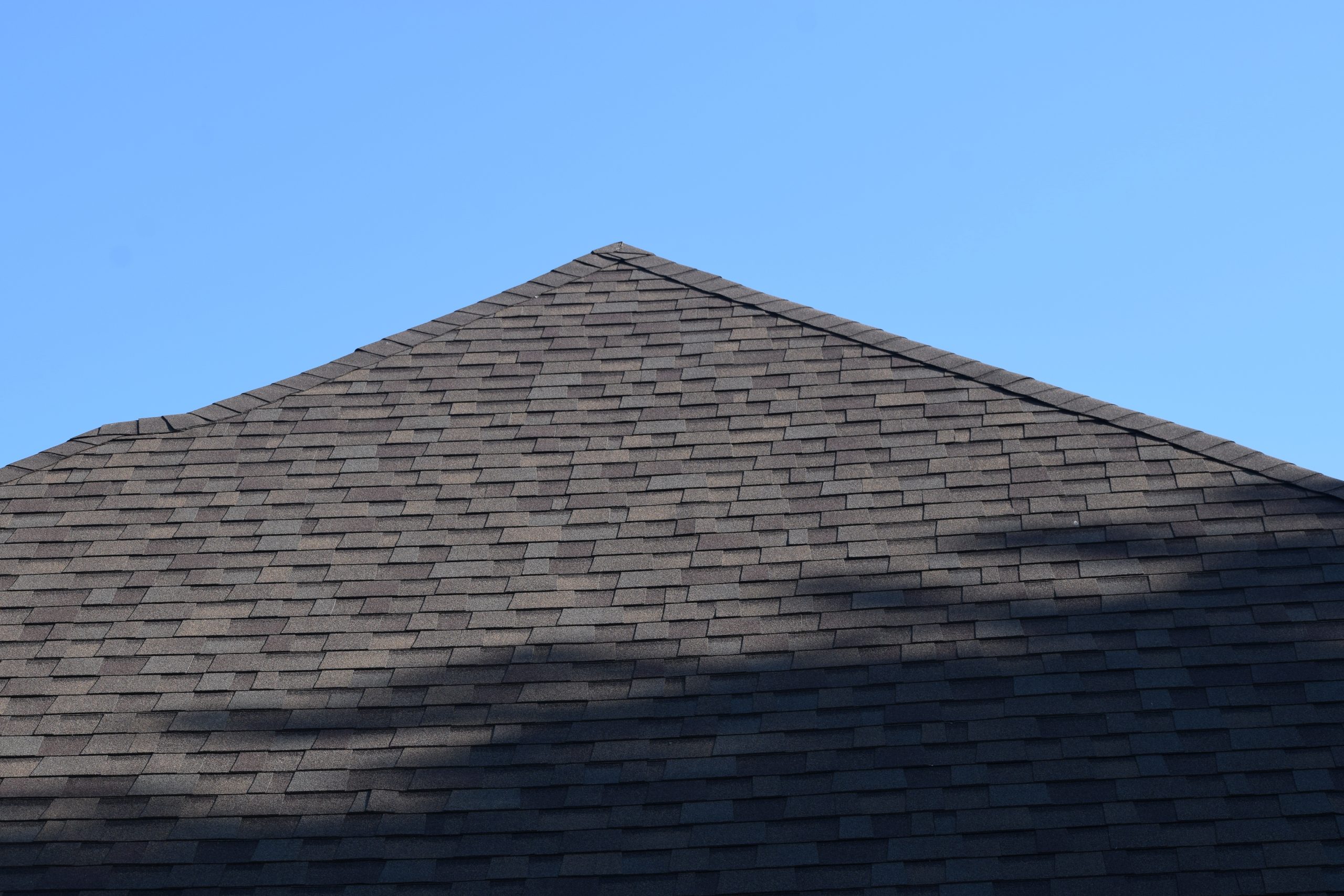What to Look for in a Roof When Buying a Home
When buying a new home, one of the most important things you can do is inspect the roof. You don’t want to move in and find that the roof over your head is not a sturdy one. The roof is one of the most expensive features of a home, so it is imperative to give it a good inspection. Do your research! Check out these things to look for when buying a new house.
Roof Aesthetics
When buying a new home, stand at a distance and investigate the roof. From here you can see a number of problems.Is it laying flat? Are there any warn sports, mold, curled edges, or missing shingles? If there are deformities in the roof, the that could indicate that the roof is old. Ask the homeowner about the lifespan of the roof. Roofs are commonly made from materials like composite, metal, tin, rubber or cedar shingles. A roof made from composite shingles helps the roof last for a longer time without any difficulties while other common materials may require inspection and possible maintenance on an annual basis.
Good Ventilation System
Even if a house has a brand new roof, if it doesn’t have a proper ventilation system, there may be a bigger problem. Ventilation systems let sunlight and air come in and should not be neglected when buying a house. When there is not proper ventilation, it may cause the roof to warp. Proper ventilation will not only reduce energy costs, but it also decreases the amount of moisture in your home and prevents snow from melting and refreezing during the winter. This all prevents the formation of mold.
Look for Breaks and Leaks
Leaks are very damaging to the structure of your home. They can damage your floors, your furniture and your walls. Plus, once leaking begins, it is hard to find the source of the leak because it is not always where it seems.Even though you see the water coming down in a certain spot, the actual leak may be happening 8-10 feet away from the place where the water is coming from. Leaks can happen in valleys, chimneys, plumbing vents, and either head wall flashings or wall step flashings. Be sure and ask the owner if they have ever experienced any roof leaks. You may even want to take a look at the valleys and chimneys and any roof seams connecting additions, as those are the most common occurring places for leaks to appear. You will need a professional to find a leak and remove it for you.
Mold on the Roof
Mold can come in different colors from dark, white, green or black. While a few molds are noticeable as they are severe and rotten, some are hidden and can’t be easily seen, like between walls and under floors and roofs. In fact, mold thrives in water-drenched materials such as roofs with water pipes and gutter systems around the house. Mold can develop due to poor ventilation, water leakage and happens more in hotter climates. In the case of your roof, mold growth is a direct result of water intrusion from the roof. If you see mold, don’t just fix where you see it, go to the source as well. Mold can return to the same spot if the source isn’t fixed. Plus, mold doesn’t only affect the look of your home. It can also cause bad odor and there are a number of health risks associated with it. Check with a professional if you fear mold so that you can get rid of it before you move to your new house.
Downspouts, Pipes, and Gutters
All rooftop downspots should be releasing water into storm water wells and not directly into the ground. Check for possibilities of past flooding or excessive water around the rooftop downspots. This can mean that the soak wells are not the right size or they need to be cleaned. While you’re talking about downspots, ask about the drainage system. It is also important to check the gutters for significant amounts of asphalt shingle grains. The sand like grit that coats shingles is what protects the shingles and shields it from harmful sun rays. Typically you’ll only see the colorful grit wearing off from older asphalt roofs. You should ideally hire a professional to inspect the home and give you a report. If repairs are needed, they should be completed before you move to your new house to avoid problems.



